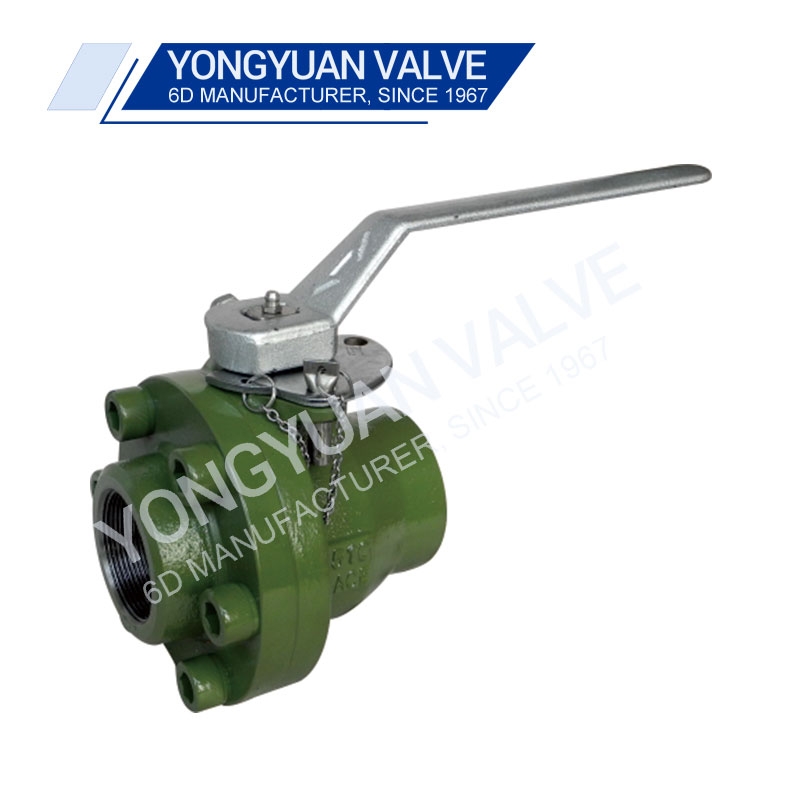What Is a Ball Valve and Why Is It Widely Used in Fluid Control Systems?
2025-06-25
A ball valve is a type of quarter-turn valve that uses a hollow, perforated, and pivoting ball to control the flow of liquids or gases. Its simple design, reliable sealing, and ease of operation make it one of the most popular valves in plumbing, industrial, and process applications.

What Is a Ball Valve?
A ball valve consists of a spherical ball inside the valve body with a hole (port) through its center. When the valve handle is turned 90 degrees, the ball rotates to either allow flow (open) or block flow (closed). The tight seal between the ball and valve seats ensures minimal leakage when closed.
Key Features and Benefits
Quick Operation: Requires only a quarter turn to fully open or close.
Tight Sealing: Provides bubble-tight shutoff with minimal leakage.
Durability: Resistant to wear, corrosion, and high pressure.
Low Maintenance: Simple design reduces the need for frequent servicing.
Versatility: Suitable for liquids, gases, and slurries.
Wide Range of Sizes and Materials: From small residential to large industrial valves.
Common Types of Ball Valves
Floating Ball Valve: The ball is held between two seats and moves slightly to seal tightly.
Trunnion Mounted Ball Valve: The ball is anchored, used for larger sizes and higher pressures.
Full Port Ball Valve: The ball hole is the same diameter as the pipeline for minimal pressure drop.
Reduced Port Ball Valve: The ball hole is smaller, causing some flow restriction.
Multi-Port Ball Valve: Has more than two ports for complex flow control.
Applications of Ball Valves
Water and Wastewater Treatment: Flow control and isolation.
Oil and Gas Industry: Pipeline and processing systems.
Chemical Processing: Handling corrosive and hazardous fluids.
HVAC Systems: Heating and cooling control.
Food and Beverage: Sanitary valves for clean processing.
How to Choose the Right Ball Valve
Material: Choose stainless steel, brass, PVC, or other materials based on fluid type and conditions.
Size and Pressure Rating: Match pipeline size and system pressure.
Connection Type: Threaded, flanged, welded, or socket connections.
Temperature Range: Ensure valve materials suit operating temperatures.
Actuation: Manual, electric, or pneumatic actuators depending on automation needs.
Conclusion
Ball valves offer reliable, efficient, and versatile flow control solutions for countless industries. Their simple operation and robust design make them essential components for safe and effective fluid management.


